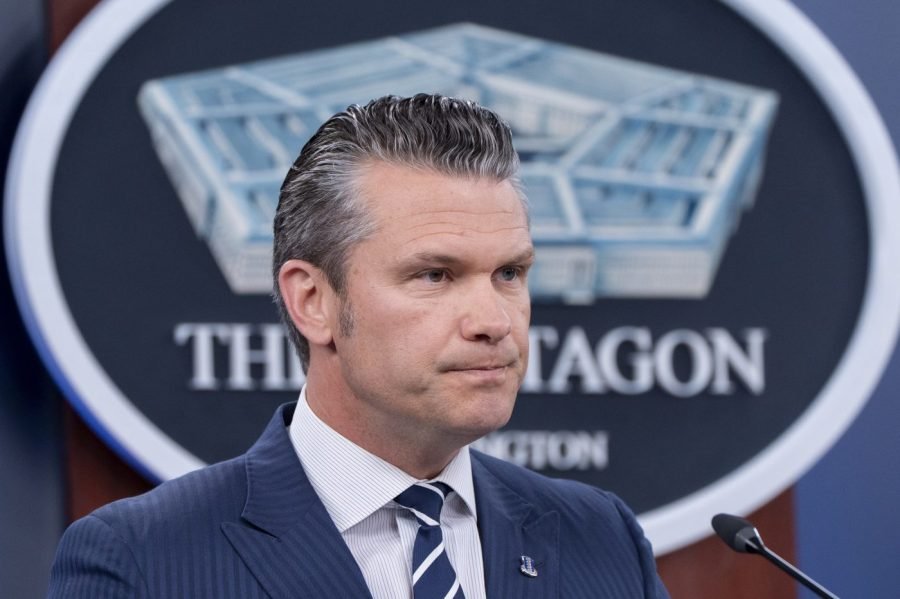
Defense Secretary Pete Hegseth said Sunday morning that Iran faces a choice between a negotiated settlement or an escalating conflict with the U.S. after strikes hit three nuclear sites in the country on Saturday.
“Now is the time to come forward for peace,” Hegseth told reporters at the Pentagon along with Joint Chiefs Chair Gen. Dan “Razin” Caine.
“And I think Tehran is certainly calculating the reality that planes flew from the middle of America and Missouri overnight, completely undetected over three of their most highly sensitive sites, and we were able to destroy nuclear capabilities,” he added.
Caine said the damage assessment was ongoing but that all three nuclear sites targeted in the strikes sustained “severe damage and destruction.” Trump on Saturday said the facilities had been “obliterated.”
Iran signaled little interest in diplomacy in the hours after the strikes, dubbed as Operation Midnight Hammer.
“The events this morning are outrageous and will have everlasting consequences,” Iran’s Foreign Minister Abbas Aragaci posted on the social media site X shortly after the strikes.
“In accordance with the UN Charter and its provisions allowing a legitimate response in self-defense, Iran reserves all options to defend its sovereignty, interest, and people.”
Hegseth said Saturday’s strikes were limited in scope, but pointed to President Trump’s warning on Truth Social that “any retaliation by Iran against the United States will be met with force far greater than what was witnessed tonight.”
The Pentagon chief said the operation was “not and has not been about regime change” in Iran. He said it had set back Iran’s nuclear timeline.
Caine also provided new details about the operation during Sunday’s briefing, which he called the largest B-2 bomber operation in history.
He said the U.S. dropped 75 guided weapons on the Fordow, Natanz and Isfahan nuclear enrichment and research sites.
This included 14 30,000-pound bunker-buster bombs, the first operational use of the weapon, and two dozen Tomahawk cruise missiles launched from a submarine, he said. A total of 125 aircraft were involved in the mission.
The B-2 bombers involved in the operation flew 37 hours non-stop from their base in Missouri, refueling in the air. Caine said that a group of the bombers had been deployed west over the Pacific Ocean as a decoy.
The weapons were dropped in a window from 6:40 p.m. to 7:05 p.m. Eastern time. Trump announced the strike via a Truth Social post about 45 minutes later.
The American forces appear to have gone undetected in Iranian airspace. Caine said no shots were fired at American aircraft, nor did Iran’s missile defense system notice them.
“Throughout the mission, we retained the element of surprise,” he said.
Hegseth said Congress was only notified of the attacks after warplanes had dropped their payload and exited Iranian airspace.
Lawmakers on both sides of the aisle accused the administration of violating the Constitution, which requires congressional approval before entering foreign wars.
“This is not Constitutional,” Rep. Thomas Massie (R-Ky.) tweeted as the news broke. Massie sponsored a House resolution earlier this week to require Congressional authorization for any strike in Iran.
Vice President Vance, a veteran and frequent skeptic of foreign intervention, congratulated the troops and others involved in the strike on Sunday morning.
“I think what they did was accomplish a very core American national objective. Iran cannot have a nuclear weapons program,” said in an interview on ABC News.


